Chapter 1: Introduction
Chapter 2: Annual catches and overview
Chapter 3: Actual fishing method
Chapter 4: Attention to equipment
Chapter 5: The ecology of Kokanee in my home lake (Lake Numazawa, Fukushima Prefecture)
Chapter 6: Enjoying Kokanee
Chapter 7: Conclusion
Chapter 7: Concluding Remarks
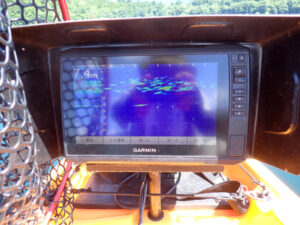 I began using the sonar fishing method in earnest in 2019 and have had a decent amount of success. My primary piece of equipment is the Garmin PS31 forward-looking sonar, which has not received any version updates since its release. I think this speaks to how well-designed the unit is, but the LiveScope, which came out after the PS31, has had several version updates. In particular, I think the latest model, the LVS62, with its extended forward-detection range, would be very effective for this fishing method. The LVS62 has 1.5 times the detection range of the PS31, but it also costs 1.5 times as much, and the price increases even more when you add a black box. If you have the budget, I believe a 10-inch or larger fish finder with the LVS62 and a black box is the best possible system.
I began using the sonar fishing method in earnest in 2019 and have had a decent amount of success. My primary piece of equipment is the Garmin PS31 forward-looking sonar, which has not received any version updates since its release. I think this speaks to how well-designed the unit is, but the LiveScope, which came out after the PS31, has had several version updates. In particular, I think the latest model, the LVS62, with its extended forward-detection range, would be very effective for this fishing method. The LVS62 has 1.5 times the detection range of the PS31, but it also costs 1.5 times as much, and the price increases even more when you add a black box. If you have the budget, I believe a 10-inch or larger fish finder with the LVS62 and a black box is the best possible system.
The fishing method I’ve introduced here is based on my experience fishing for kokanee in Lake Numazawa, Japan. It’s designed for a specific set of rules: a limit of two rods and no restriction on the number of hooks. If the conditions are different, the basic principles would still apply, but you would need to adjust the rig.
 For example, if you were fishing in North America where the number of hooks is limited to three, I believe you could still be successful by attaching three hooks with metal plates in between to a two-meter main line.
For example, if you were fishing in North America where the number of hooks is limited to three, I believe you could still be successful by attaching three hooks with metal plates in between to a two-meter main line.
This method is for fishing on open water, but I’m also curious to see what kind of results you could get with the same rig and techniques while ice fishing.
Finally, the kokanee were first introduced to Lake Numazawa in 1912, and they have been thriving in this beautiful, tranquil environment for over 100 years. I sincerely hope that this wonderful environment will continue to be preserved for many years to come.
Chapter 1: Introduction
Chapter 2: Annual catches and overview
Chapter 3: Actual fishing method
Chapter 4: Attention to equipment
Chapter 5: The ecology of Kokanee in my home lake (Lake Numazawa, Fukushima Prefecture)
Chapter 6: Enjoying Kokanee
Chapter 7: Conclusion
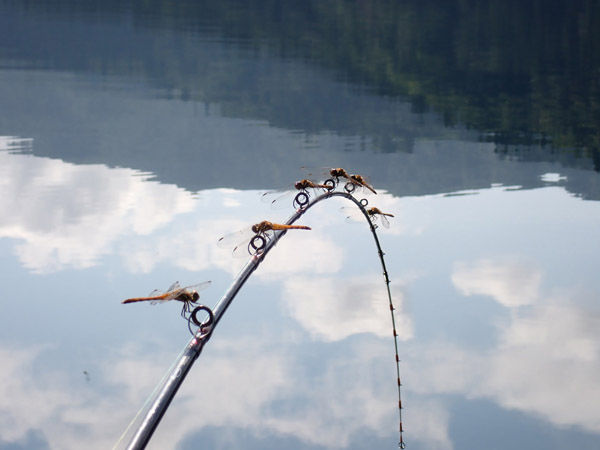
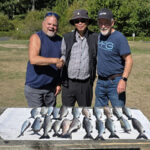
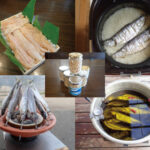
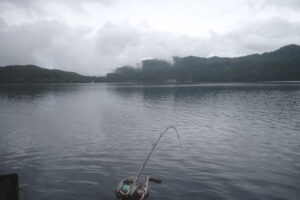


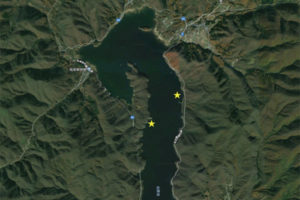
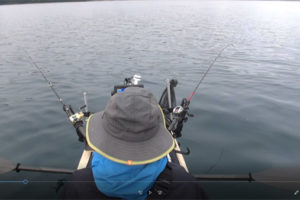
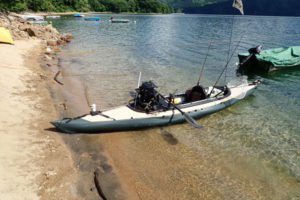
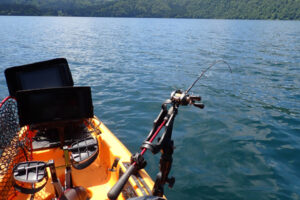
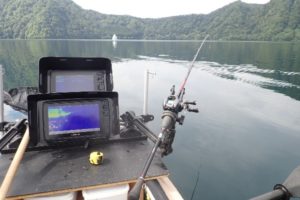
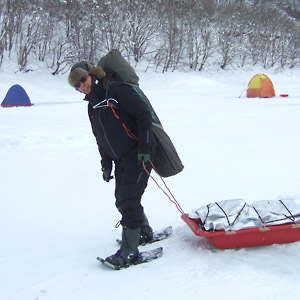
コメントを残す